18. WaterDrop054.jpg

Editor's note: In Part 2 of the second Frontera photo essay, Global Sisters Report presents a visual report on the high-risk border crossings into Arizona's Sonoran Desert. Lisa Elmaleh employs her 8-by-10 tripod camera and black-and-white photography to highlight the harshness of the migrant experience in the Southwest. In Part 1 on May 16, GSR focused on the nightly reception volunteers give returned migrants dropped off by U.S. Border Patrol buses at the border gate in Agua Prieta, Mexico, in early morning darkness. Read a Q&A with Sr. Judy Bourg and a Q&A with Sr. Maria Louise Edwards. And revisit the first Frontera report on Catholic sisters at the border from July 2021.
Sonoran Desert, Arizona — When you're a migrant fleeing a hostile homeland to cross over the U.S. border into the sprawling Sonoran Desert in the Arizona Uplands, it's mostly about the water.
It takes three or four days before you may find the first water drop-off site on a migrant trail, if you're lucky, and another three or four to get to the highway to the north. To stay hydrated in the desert, where heat exhaustion is the main cause of death, an adult should drink about 2 gallons of water a day.
Migrants can sometimes get respite from the water drop-offs along their pathways left by groups such as the Ajo Samaritans and the Tucson Samaritans.
On a day in late October 2021, a group of nine volunteers, including two Catholic sisters, a journalist and a photographer, made their way up a bare mountain, jostled side to side in four-wheel-drive vehicles, to replenish the gallon plastic jugs along the trail. Normally, they see no one, but they act as mules lugging the water to the right spots and pick up the empties and other discarded items.
"I am the trash man," said Tom Zerkel, one of the Samaritans.
Across the ridge, about half a mile from the water-drop trail, a group of migrants in dark-colored hooded jackets walk uphill under the giant saguaros to an unknown future. Earlier, they stopped by our parked vehicles and each helped himself to a gallon jug and snacks. An Ajo Samaritan who first met them said the migrants were grateful for the water. When they spotted our larger group of Ajo and Tucson Samaritans, they hurried off but waved to us as they continued on their way.
1. waterdrop114.jpg
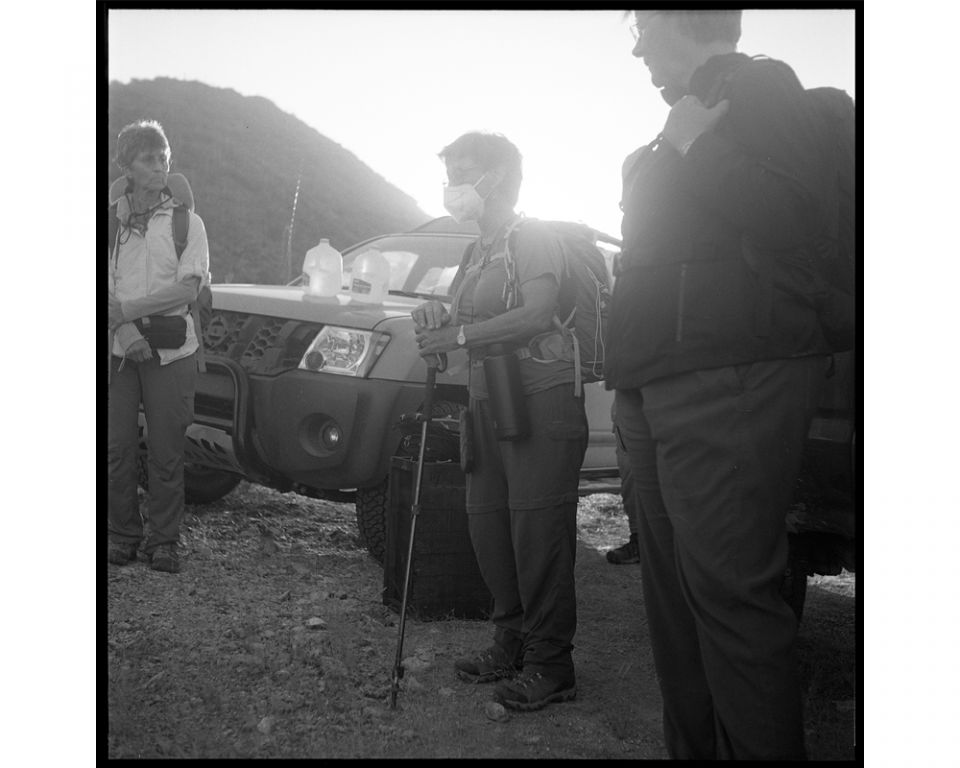
Sr. Judy Bourg, a School Sister of Notre Dame and a member of the Tucson Samaritans who regularly joins the Ajo group, said that in more than 10 years of performing the water ministry she has never encountered any migrants in the desert.
Besides Bourg and Zerkel, our group included Felician Sr. Maria Louise Edwards, John Heid, Bob Hunkler, John Orlowski, Stef Laverty, photographer Lisa Elmaleh and writer Peter Tran.
Once at our destination, an hour drive from Ajo to about 50 miles north of the border town of Lukeville and east of Coffeepot Mountain, each of us made three trips, carrying three or four water jugs in a backpack. We left 30 gallons of water and snacks at the first location.
Then we returned to the vehicles to get more water and headed back into the heart of the desert for a 2-mile trek to our second drop-off point, passing the giant saguaros, ocotillo and cholla. The desert temperatures were in the high 70s on this trip, considered favorable weather for migrants to make the crossing, but were in the high 30s when we started that morning. In the summer, the temperatures can reach 115 degrees.
We repeated the process to a third drop-off point, taking us into the late morning.
"Humanitarian Aid Is Never a Crime" reads a banner inside the Ajo Samaritans' office. The assistance is the foundational purpose for them and other groups such as No More Deaths and People Helping People in the Border Zone.
Crossing the border illegally is categorized as "improper entry" and is a federal misdemeanor, according to U.S. immigration law. In addition, since March 20, 2020, the government has used Title 42 to deport individuals who pose "serious danger of introduction of disease into the United States." The Biden administration has announced it will suspend Title 42 starting May 23, but has met with resistance from numerous states.
Despite the dangers inherent to the desert crossing — the deterrent wall, the warnings about risks of death, and legal ramifications if they get caught — migrants continue to cross the border through the desert.
According to the Pew Research Center, 1.8 million migrants along the U.S.-Mexico border were expelled between April 2020, the first full month under Title 42, and March 2022, the latest month with available data. From October 2021 to March of this year, U.S. Customs and Border Protection expelled 118,804 migrants in Arizona alone.
2. waterdrop116.jpg

Dangers in the desert
Since 1998, some 7,800 migrants have lost their lives while trying to cross the U.S.-Mexico border, and more than 3,500 others are reported missing, according to the Colibrí Center for Human Rights based in Tucson. The U.S. Border Patrol reports that the largest number of border deaths occurred crossing the Sonoran Desert in Arizona, the cause of death being mostly from heat exposure.
In 2021, the highest year for border crossings in three decades, U.S. Customs and Border Protection reported 557 Southwest border deaths, double the annual toll of the previous two years.
A few weeks after the water drop-offs, Bourg hosted a Cross Planting ceremony at the site where a young border-crosser died from a rattlesnake bite. The sister also told of two deported women she met at a migrant center in Agua Prieta, Mexico, who heard shrill human cries at night as they journeyed through the Arizona mountains. The next morning, they said, they saw two mountain lions from afar and, when they reached the site, found human remains.
Not far from the water-drop locations and east of Coffeepot Mountain, the tribal lands of the Tohono O'odham Nation occupy 4,460 square miles with some 28,000 members living in south-central Arizona. It's the second largest reservation in the state, after the Navajo, in population and geographical size, and includes 62 miles of international border with Mexico. Long before there was a border, tribal members traveled back and forth to visit family and participate in cultural and religious events. For these reasons, tribal members opposed fortified walls on the border.
Redemptorist Fr. Ricardo Elford, who has been working in the migrant ministry for more than 50 years, said that in the 1980s thousands of migrants entered the United States through the Altar Desert in Mexico that leads into the Tohono O'odham Nation.
Wall, interrupted
After taking office in 2017, President Donald Trump signed an executive order to fulfill his promise to build the wall, consisting of 30-foot-tall steel bollards filled with concrete. Each bollard is 6 inches wide and spaced 4 inches apart, enough space to see activity on the Mexico side of the border. The foundation of the wall reaches between 6 to 10 feet underground to prevent tunneling.
The Arizona-Mexico border spans 370 miles. The Trump administration planned to build 245 miles of wall for Arizona's border with Mexico. As of Jan. 15, 2021, contractors managed to install 226 miles of the wall on the Arizona border, leaving the rest unfinished, according to U.S. Customs and Border Protection.
Not all the border has the bollard wall. Some have vehicle barriers, X-shaped crossbars or short steel posts, and fences. But these fences often sit in harsh deserts that make crossing deadly on its own.
Upon his inauguration Jan. 20, 2021, President Joe Biden terminated the national emergency and halted construction of the wall.
Advertisement
Advertisement
Locating the lost
The Aguilas del Desierto (Eagles of the Desert) is a nonprofit organization that rescues men, women and children who are lost in the desert while crossing the Southwestern border. The California-based organization started a yearlong campaign in fall 2021 to encourage migrants not to cross the border, said Edwards, vice president of the group.
"We will stop at every migrant shelter from Honduras to Mexico, speaking to migrants, warning them of the dangers, sharing the truth about the harsh deserts along the border," she said. Edwards has also cooperated with the Missing Migrant Program of the U.S. Border Patrol. The program provides information to would-be border crossers to convey the harsh reality of the desert.
At least for one migrant, the Sonoran Desert was his final resting place. Franciscan Br. David Buer, a member of the Tucson Samaritans, recounted an event that shook him deeply. On a long day after the last water delivery outside Ajo a few years ago, he walked up on a wash and noticed a cross. Next to the cross, a body, still fully clothed, slumped over in a seated position. Buer suspected that a traveling companion had fashioned the rustic cross after the migrant succumbed on the trail.
Buer fell on his knees, moved by what he saw. Other Samaritans walked up from behind, joined him on their knees and prayed for the deceased.
To remember those who died while crossing the desert, Buer helps organize the annual Migrant Trail walk every Memorial Day. The 75-mile walk from Sasabe, Sonora, Mexico, to Kennedy Park in Tucson takes seven days with participants from all over the country. Because of the recent resurgence of COVID-19 infections, this year's event is a one-day, virtual border encuentro (meeting) on June 4 to call for an end to migrant deaths along the border and to stand in solidarity with victims of global migration.
3. waterdrop123.jpg

4. waterdrop124.jpg
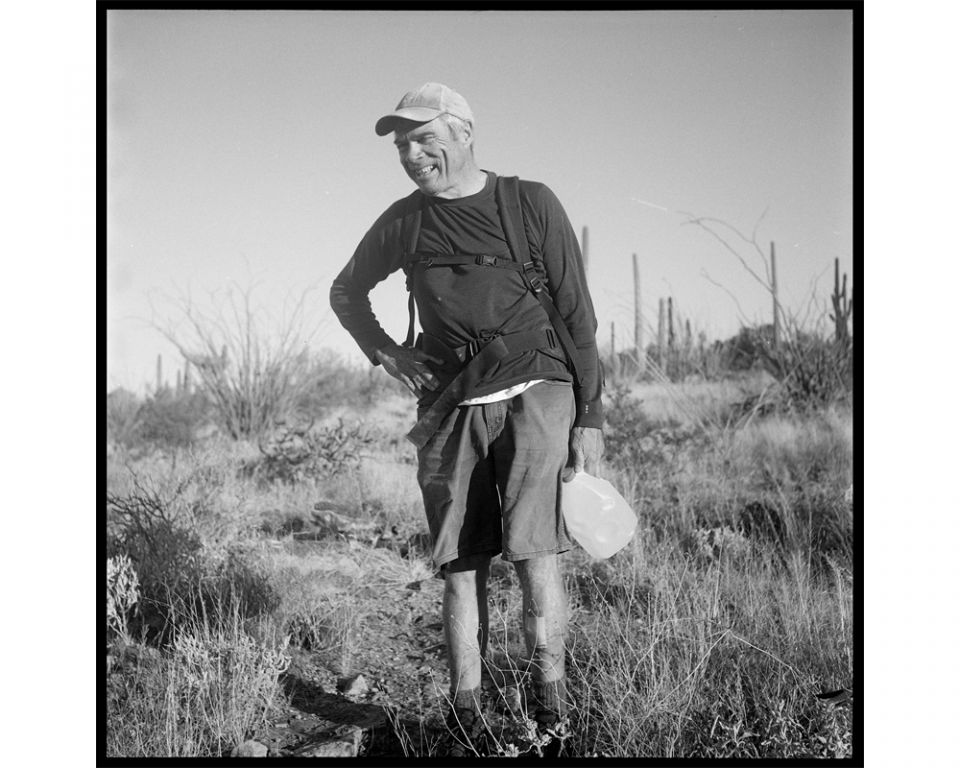
5. waterdrop126.jpg

6. waterdrop127.jpg

8. waterdrop129.jpg

9. waterdrop131.jpg
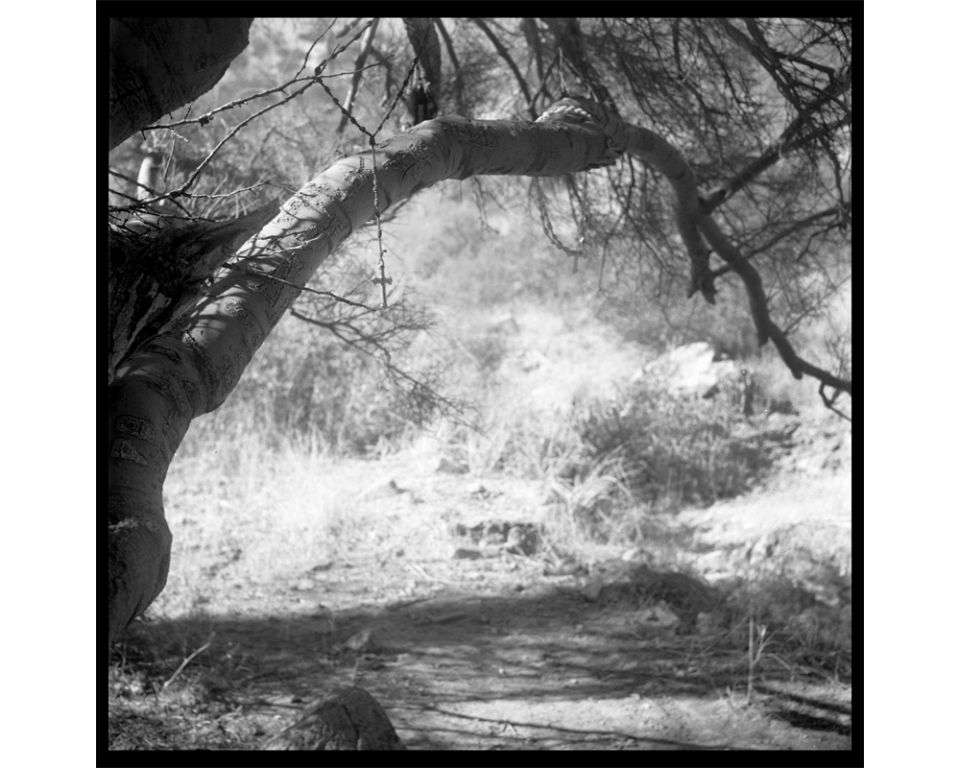
11. waterdrop139.jpg
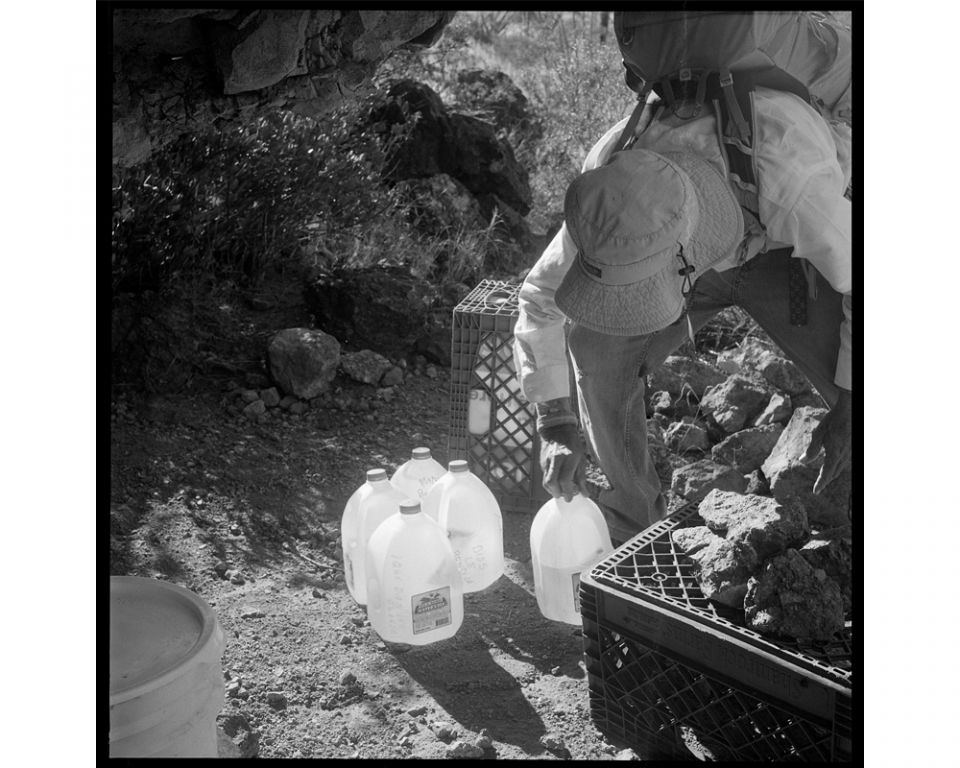
12. waterdrop141.jpg
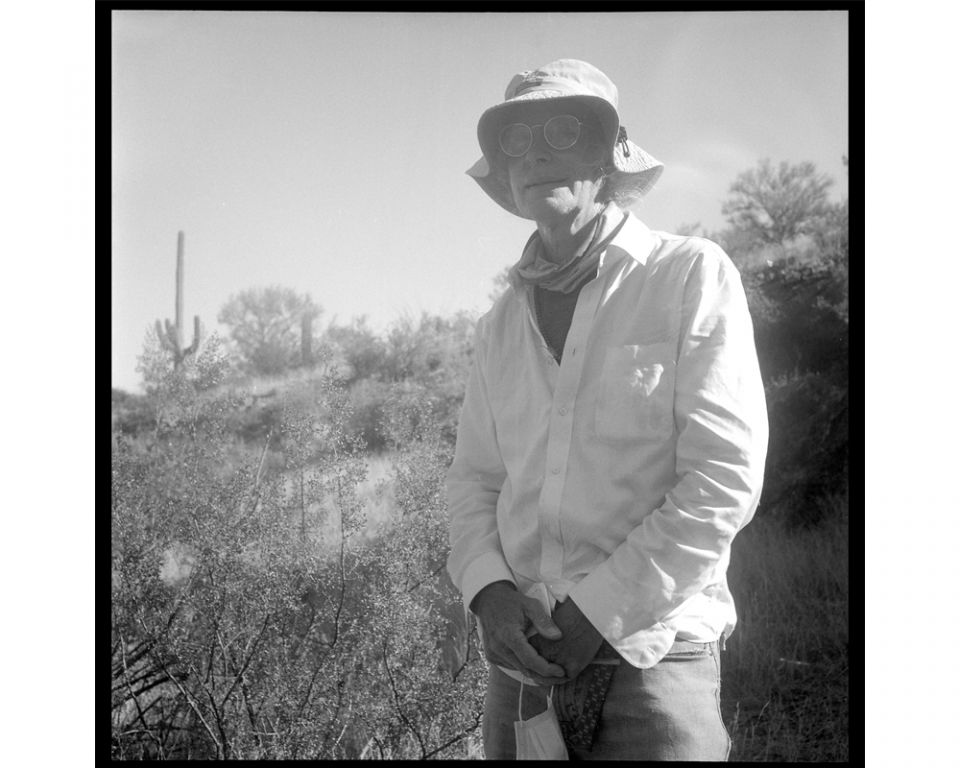
15. waterdrop144.jpg
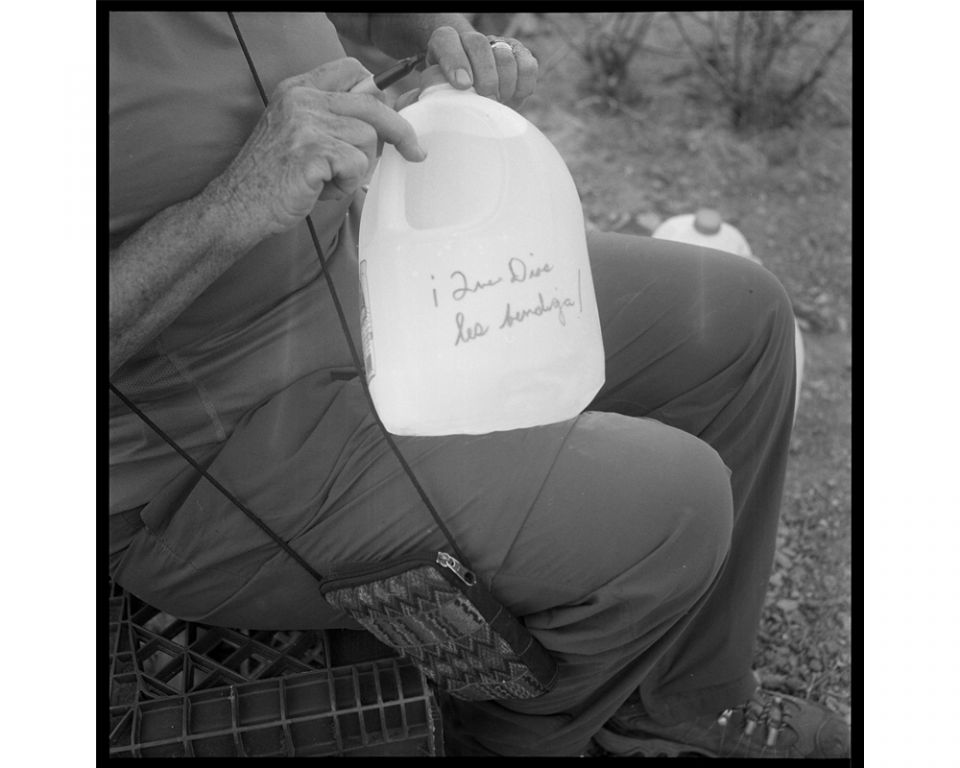
16. waterdrop146.jpg

17. Sister Maria.jpg
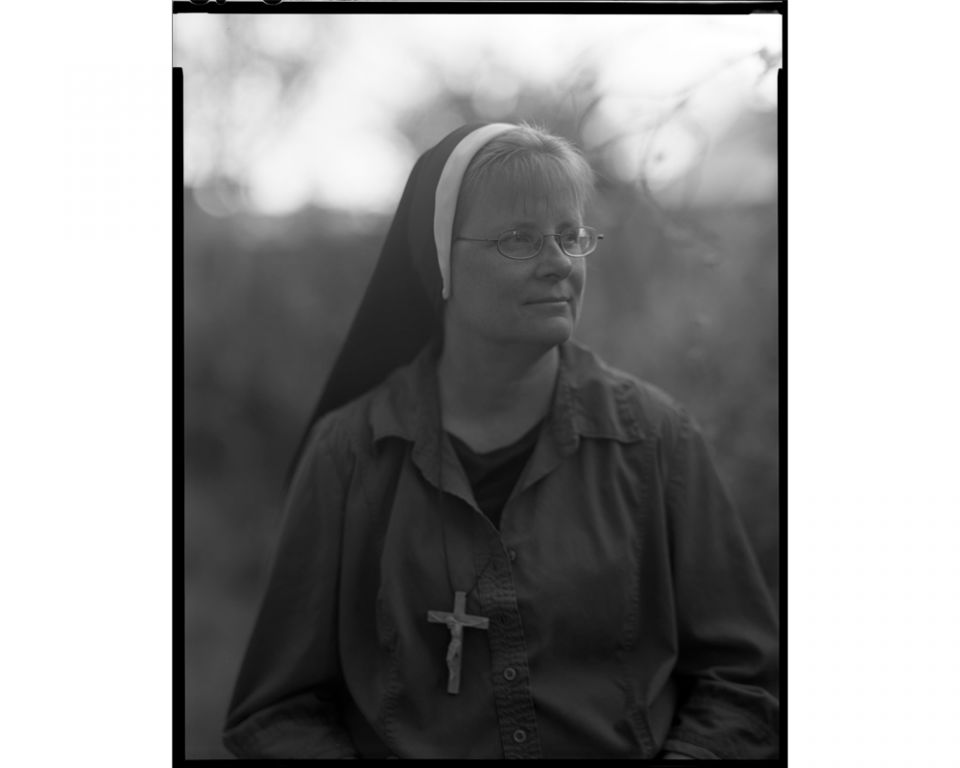
19. RubyRoad157.jpg
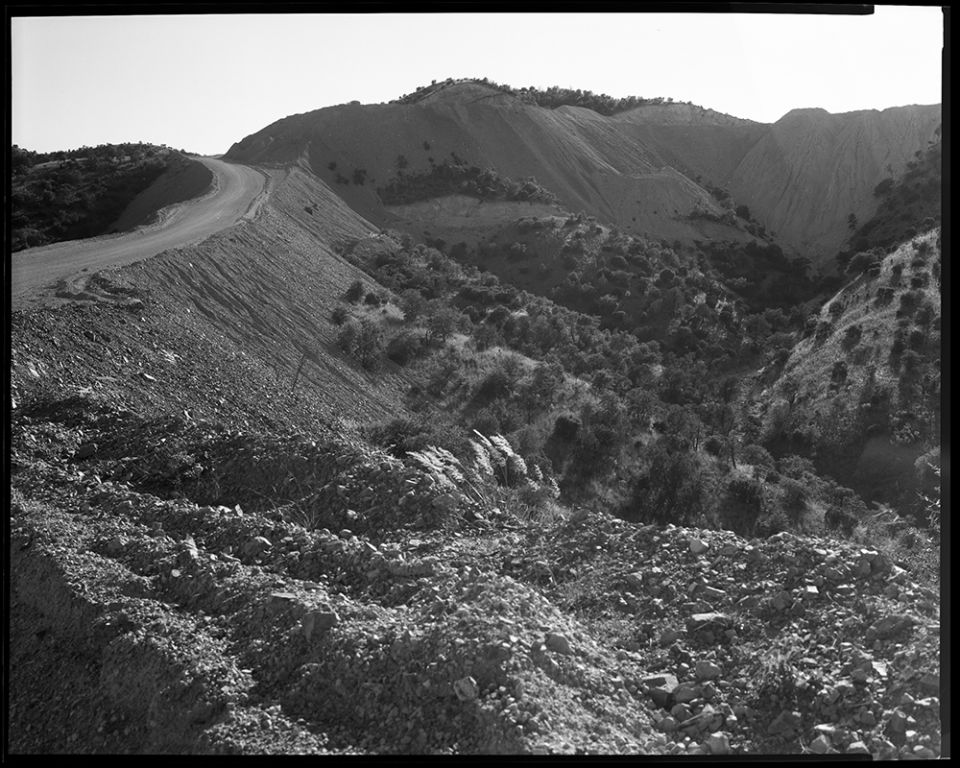
20. RubyRoad159.jpg
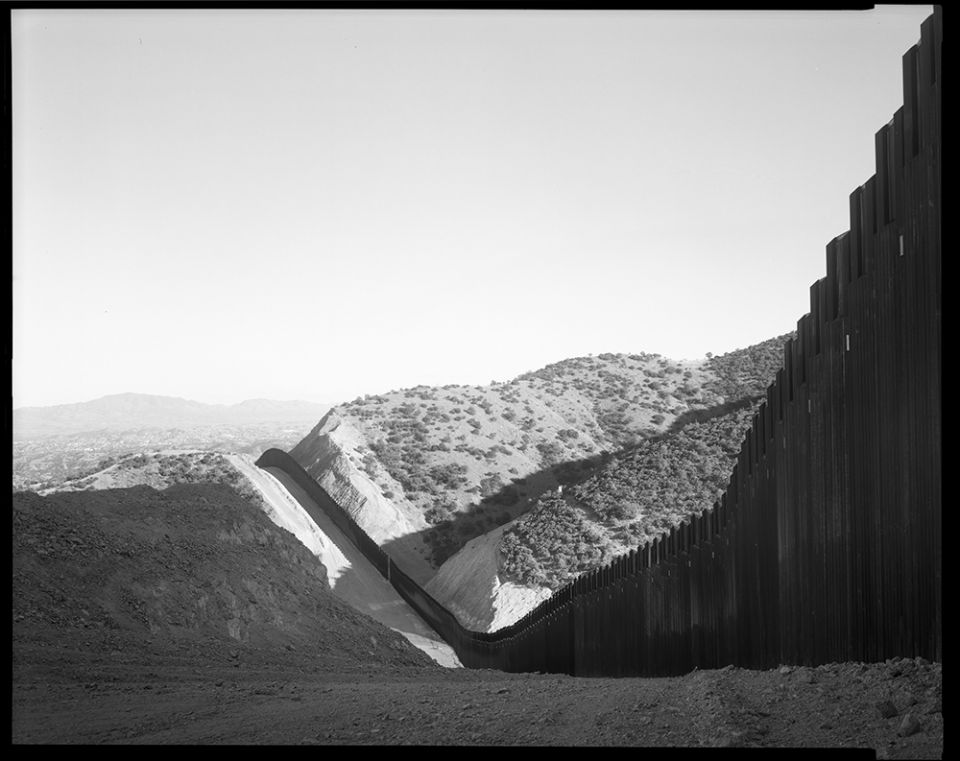
21. Samuel055.jpg

22. Samuel156.jpg
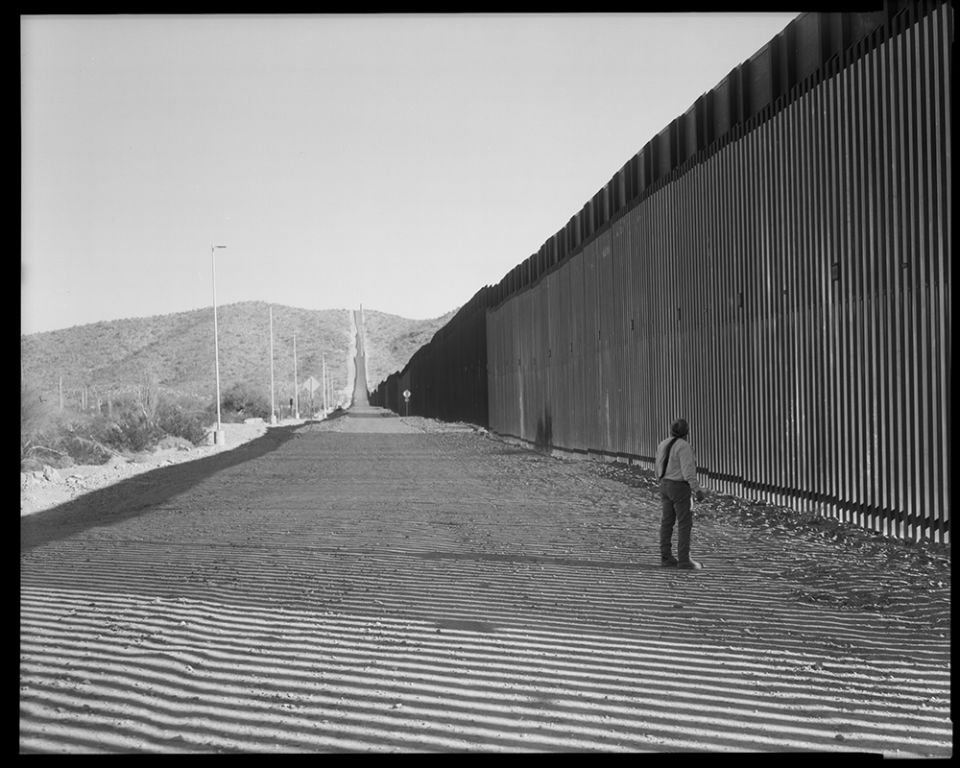
23. Tohono Oodham wall171.jpg
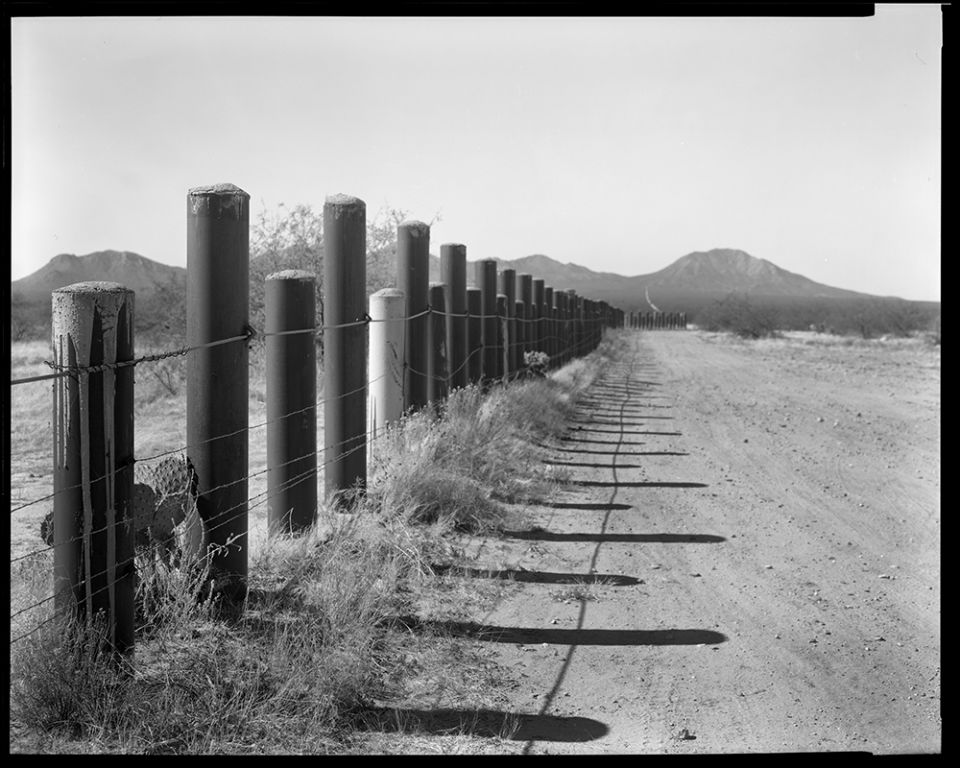
Like what you're reading? Sign up for GSR e-newsletters!



